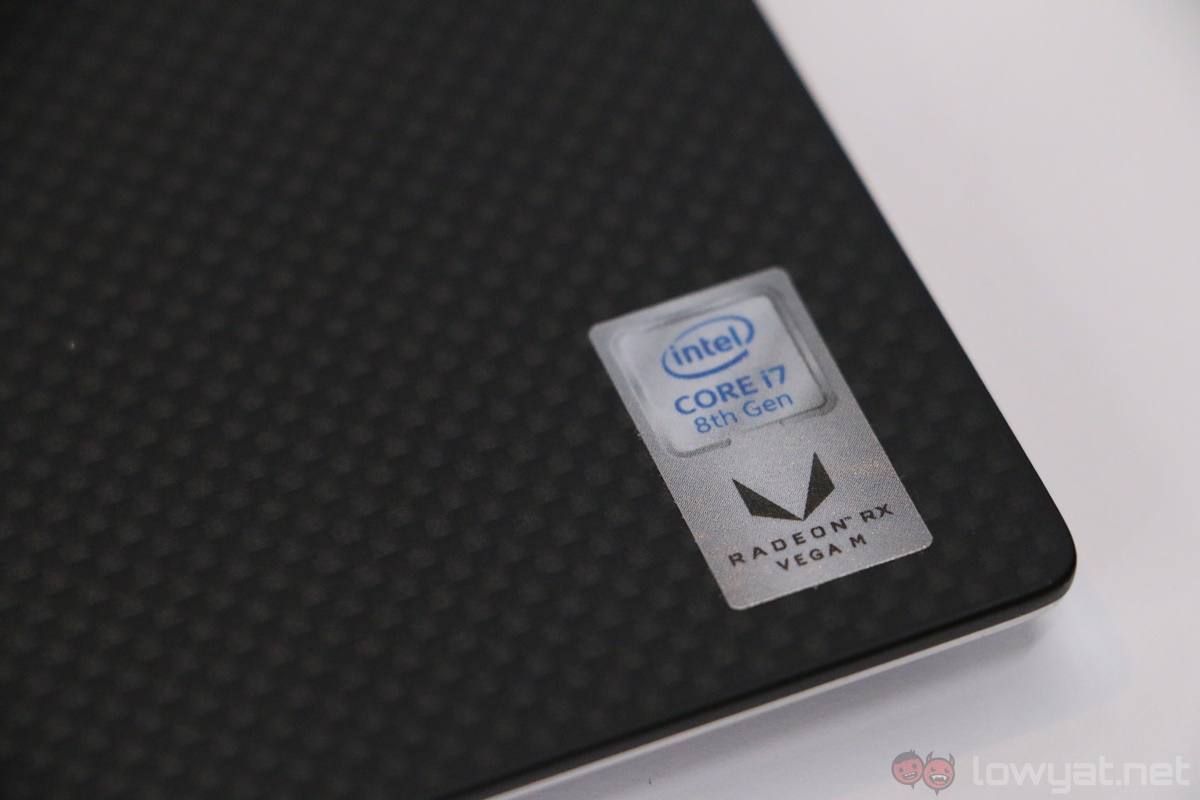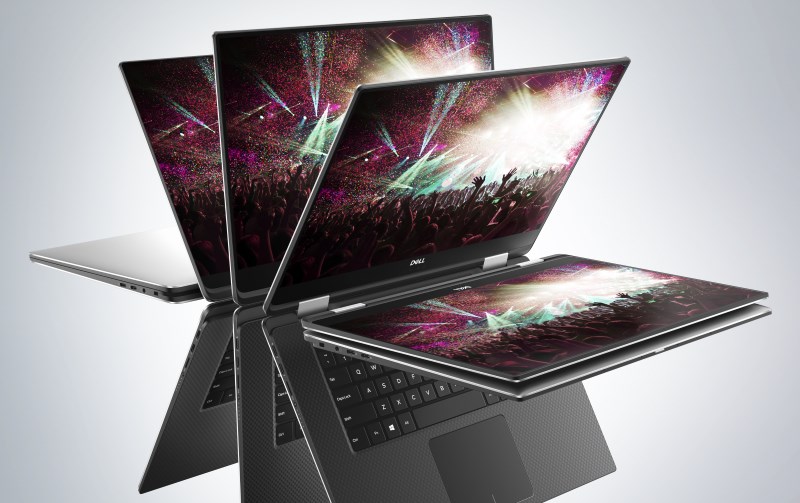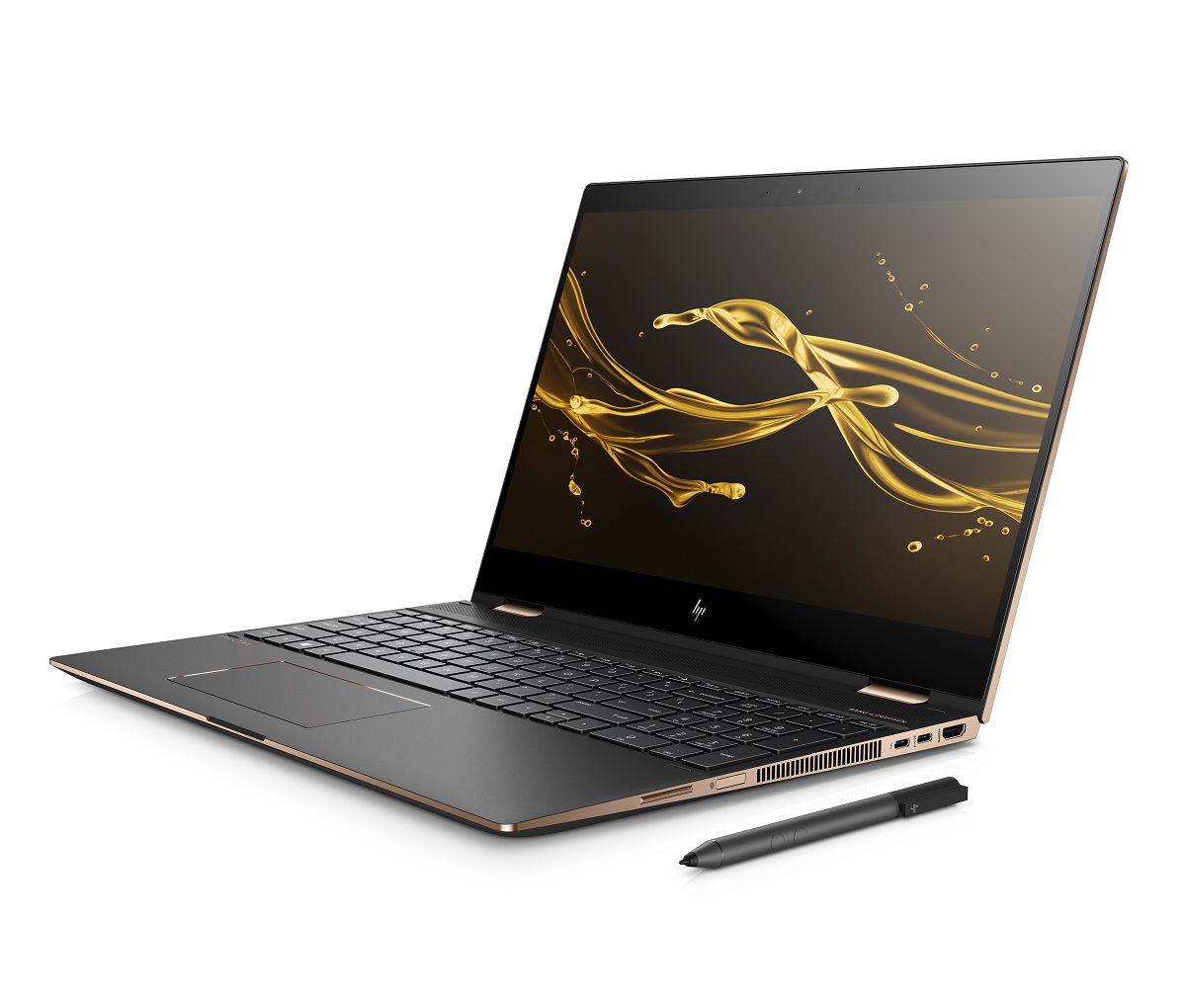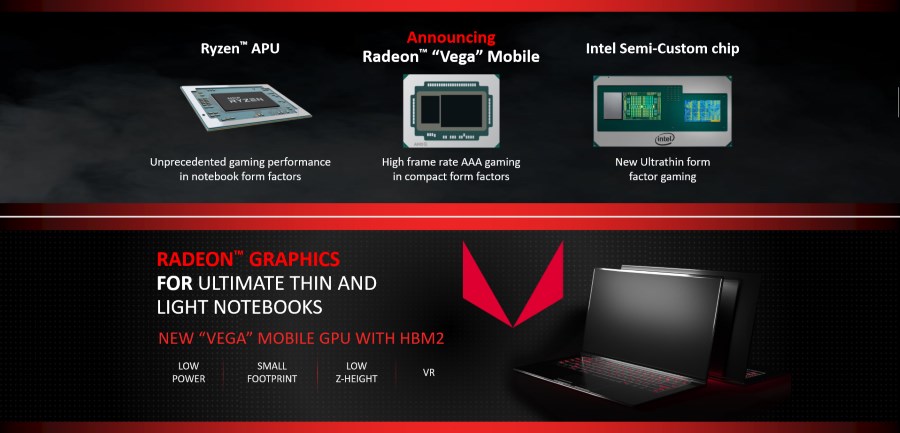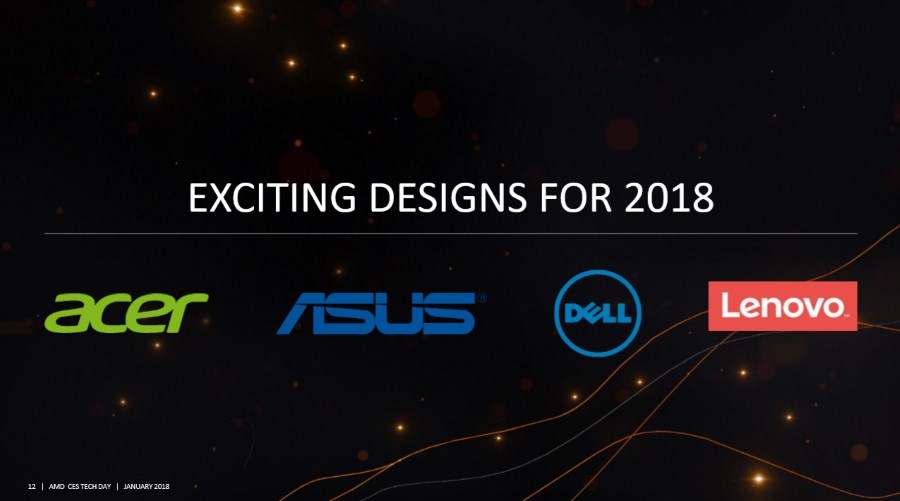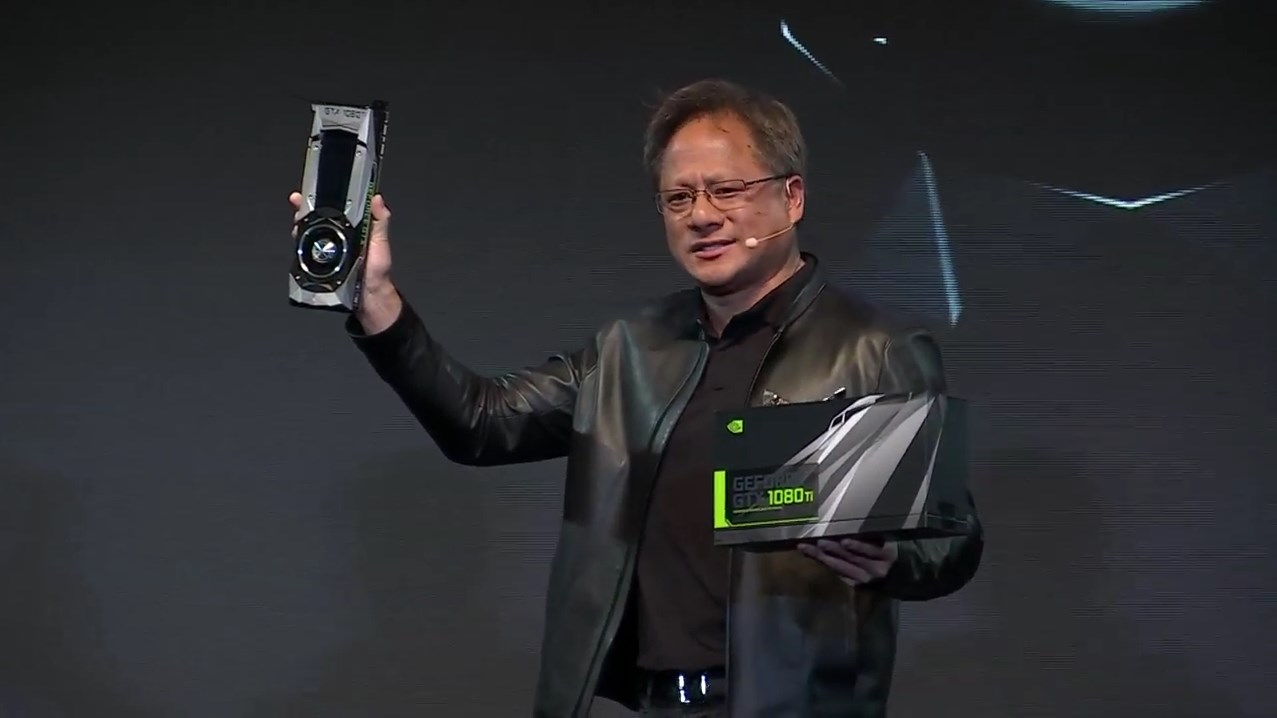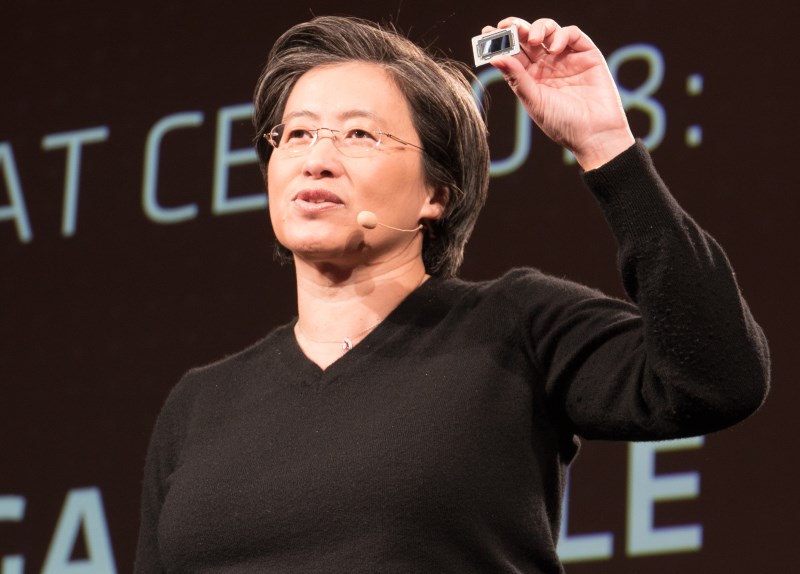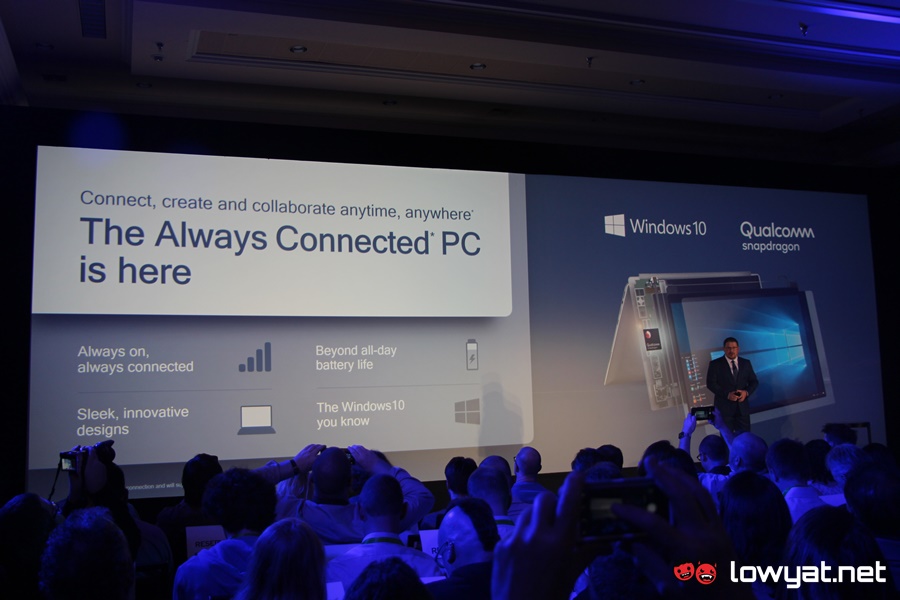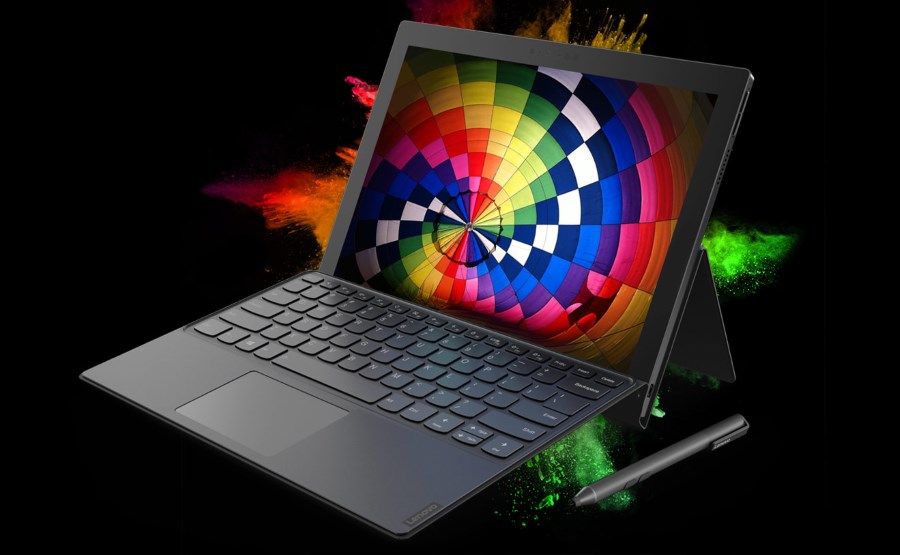The annual CES trade show is usually filled with countless huge TV announcements, and while this year is more of the same, CES 2018 was a little busier than usual. Thanks mainly to companies like Intel, AMD, and Qualcomm, mobile computing is about to become very, very exciting.
Just as Nvidia and AMD did in 2017 in the desktop PC market, a similar scene is being acted out in the world of laptops. Barely a year after Nvidia’s 10-series of notebook GPUs (as well as its Max-Q design GPUs) are making powerful laptops slimmer, this renaissance is being accelerated with the introduction of some new innovations by hardware companies.
Mainstream gaming – without the heft
The holy grail of a gaming laptop has always been to maximise performance without making it too bulky. An Ultrabook with basic gaming capabilities are usually a compromise for most users, usually equipped with an entry level Nvidia card like the GeForce MX150 or even relying on Intel’s UHD Graphics integrated GPU. But thanks to an unprecedented partnership between longtime rivals Intel and AMD, a proper gaming Ultrabook will be a reality in 2018.
The partnership sees Intel integrating AMD’s new Vega-based chips into its processors. The Intel 8th Generation Core with Radeon RX Vega M Graphics, as they are officially called, sees Intel’s mainstream Core i processors paired with AMD’s new Vega chips with HBM2 and connected via Intel’s new EMIB technology. The results are stunning, to say the least.
Intel’s official brief shows that this new chip offers graphics performance along the same level as a laptop with an Nvidia GeForce GTX 1050 to a Max Q GTX 1060. If real-life performance turns out to be similar to what Intel claims, this is astonishing, and great news not just for mobile gamers, but for creative professionals who need the extra power when on the move.

The new Intel Core with Radeon Vega chips integrate both CPU and GPU in one package. This means there is more space for larger batteries in a smaller chassis, and therefore the promise of better battery life. The end result naturally depends on the OEMs like Acer, Dell, HP, and Lenovo, who now have an thrilling prospect in their hands: can they create a proper, no compromises laptop that has the perfect mix of gaming performance, battery life, weight, thermal control, and price?
MacBook Pro Killers
At CES 2018, Dell and HP both released their first laptops with this chip. The Dell XPS 15 2-in-1 has a slim 16mm body, and yet packs everything you’d expect from a modern productivity laptop. There’s Dell’s sexy InfinityEdge 15.6-inch 4K touch display with 100% Adobe RGB coverage, up to 1TB SSD, and up to 32GB of RAM. Its large 75Wh battery is also rated for up to 15 hours of use. Unfortunately it only sports three USB-C Thunderbolt 3 ports (one for charging), an audio jack, and a microSD card slot.
Meanwhile, the HP Spectre x360 15 is HP’s take on a slim and powerful laptop. It is also a 2-in-1 convertible, and has a 15.6-inch 4K touch display. There is a superior range of ports compared to the XPS, thanks to two Thunderbolt 3 ports, a HDMI port, a USB 3.0 port, and a full sized SD card slot. There’s even space for a side-mounted fingerprint reader, IR webcam, and a 84Wh battery that promises 13.5 hours of use.
Both the Dell and HP laptop run on the new Intel Core i processor with Radeon RX Vega M, and both – on paper – outperform the 2017 MacBook Pro in a variety of ways. The custom Radeon Pro 560 on the MacBook Pro is slower than the performance stated by Intel for the RX Vega M GL. There is a healthier selection of ports, especially on the HP Spectre x360 15. Finally, the prices (from $1299 for the XPS and $1370 for the Spectre) are nowhere near what Apple sells the MacBook Pro for (from $2399).
Make no mistake, these laptops aren’t just “gaming-ready” laptops, they’re great for creative professionals too. Photographers and even video editors may find these laptops worth investing in as a mobile editing machine.
The AMD factor
It is tough to understate AMD’s role in all of this. The company basically rose from the dead with the launch of its Ryzen desktop processors last year, and now the company’s attention shifts to doing the same on laptops. Ryzen Mobile, announced late last year, promises greater CPU and GPU performance, as well as better battery life thanks to its lower power draw compared to Intel chips.
The Ryzen Mobile chips, according to AMD, performed even better than the company’s original targets: instead of having 50% more CPU performance as well as 40% higher GPU performance than its own 7th generation APU chips while using 50% less power, Ryzen Mobile offers up to 200% and 128% more performance in CPU and GPU respectively, and at 58% less power consumption.
The first Ryzen Mobile laptops are now appearing, such as the HP Envy x360 in December and the Acer Nitro 5 with Ryzen Mobile which was announced at CES. More will surely follow, but one thing does appear to be clear: AMD’s resurgence will eventually bring about more affordable laptops as it chips away at Intel’s dominance. After all, if a laptop performs similarly (or even potentially better), and has greater battery life, who wouldn’t give AMD a shot?
Nvidia’s retaliation
Intel definitely won’t be the only ones feeling the heat from AMD. With laptops fitted with Intel Core with Radeon Vega chips likely to be favoured ahead of those with an MX150 or GTX 1050, Nvidia will definitely not take this standing down.
At CES 2018, Nvidia focused on its automotive chips, which it hopes to be an important area of its business in the near future. It did not, however, reveal anything for its PC hardware department (besides the BFG monitor standard).
With the announcement of Core i with Vega and Vega Mobile at CES 2018, you can be sure that Nvidia will be ready to retaliate in kind. Its position as the leading GPU chipmaker won’t be so easily threatened, and we can expect Nvidia to release new products to address this. And at the end of that tunnel, there is only one winner: the consumer.
And then there’s Qualcomm…
While there is naturally plenty of excitement surrounding the Core i with Vega M chips, Qualcomm appears to also be ready to step up into the world of Windows machines. Its Snapdragon 835 chip, which is running on most of 2017’s flagship Android smartphones, are now tuned to run Windows 10 (and Windows 10 S).
Two devices (the Asus NovaGo and the HP Envy X2) have already been announced, and at CES 2018, Lenovo unveiled the Miix 630. All three run on the Qualcomm Snapdragon 835 chipset with X16 LTE modem, which allows for an always-connected device – just like a smartphone. Qualcomm also touts that another strong benefit for these Snapdragon-powered devices are exceptional battery life in a smaller form factor: Qualcomm says that they will last up to 25 hours on a single charge (depending on device).
With a starting price of $799 (about RM3170), the Miix 630 – and other Snapdragon Windows machines – will likely appeal to students and those who aren’t looking for anything more than a laptop for web browsing, some minor productivity work, and long battery life.
Farewell to a legacy, hello to an exciting future

In fact, the timing of this mobile revolution is rather quaint. Ten years ago (almost to the day), Apple released the MacBook Air, changing the landscape of mobile computing forever. It took closer to half a decade before Windows OEMs even managed to achieve a similar level of performance in such a compact laptop.
A decade since the MacBook Air, it certainly looks like we’ll be spoilt for choice like never before, should we be in the market for a new laptop. What we saw at CES 2018 was a tantalising taste of what’s to come this year. Whether it is a thin and light gaming laptop, compact productivity machines with all-day battery life, or even something totally new altogether, 2018 is going to be a great year to buy a new laptop.
Follow us on Instagram, Facebook, Twitter or Telegram for more updates and breaking news.



